BROKEN BRICKS AFTER THE WARRANTY PERIOD
The project to preserve the North Tower and the Middle Tower of the Khuong My Cham Tower Cluster (in Tam Xuan 1 Commune, Nui Thanh District, former Quang Nam Province - now Tam Xuan Commune, Da Nang City) was approved in October 2019 with a total cost of 12.6 billion VND. The project was invested by the Management Board of Construction Investment Projects of the former Quang Nam Province; the construction unit is the Institute of Construction Science and Technology (Ministry of Construction). After completion in December 2022, the project is expected to restore the ancient and solid beauty of this thousand-year-old relic. However, after more than 2 years of restoration, many walls have appeared to be in a state of serious brick decay.
According to Thanh Nien reporters' actual records, in many locations on the North Tower, the restored bricks that were said to be of "high quality" were crumbling, easily breaking with just a slight impact. On the 3 new walls in front of the entrance to the tower, many bricks were crumbling, peeling off... when the warranty period had just expired.
Previously, in April 2023, about 6 months after the restoration, bricks on many new wall sections were also covered with moss and salt on the surface. Explaining this reason, the Institute of Construction Science and Technology (KHCNXD) said that the Khuong My Cham tower is about 7 km from the sea as the crow flies, so over the more than 1,000 years of its existence, a large amount of salt (especially Na 2 SO 4 and NaCl) has accumulated deep inside the tower body. These two types of salt, combined with the effects of temperature, humidity and the sea air environment, have corroded the bricks, causing them to crumble and accumulate salt.

Khuong My Cham tower relic consists of a cluster of 3 adjacent towers.
PHOTO: MANH CUONG
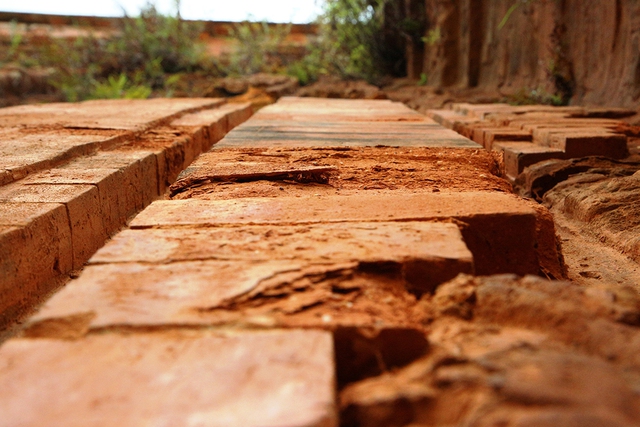
In many places on the North Tower, the restored bricks have crumbled away.
PHOTO: MANH CUONG
When it rains, the rainwater carries salt from the rotten surface above and flows down to the newly built tower below. Because the rain does not wash away all the salt on the surface, when it is sunny, the water evaporates, exposing the salt crystals in white patches. The contact area between the new and old blocks, in addition to being covered with salt, is also constantly damp, causing continuous corrosion. This is the reason why the restored bricks decay at a very fast rate.
Mr. Nguyen Cong Thanh, Deputy Director of the Quang Nam Construction Investment Project Management Board (under Da Nang City), said that the unit had received information and reported the incident to the Da Nang City People's Committee. He also informed that the project's warranty period had expired. After recording the current situation, the board invited the construction unit to temporarily fix the problem. The board only manages the state side, and the cause needs to be evaluated and analyzed by scientists.
P DESALIZATION BEFORE RESTORATION
Responding to the press about the above situation, a representative of the Central Construction Technology Development Center (Institute of Construction Science and Technology) said that the bricks used to restore the Khuong My Cham tower were produced in Tay Son district, Binh Dinh province (old) and the quality of the bricks was always guaranteed, so the cause was not due to the bricks.
Surveys and analyses on the surface of ancient bricks of Khuong My tower show that there is a huge amount of salt accumulated over many centuries because the tower is located near the sea. When exposed to hot sun and water vapor, the salt condenses and overflows onto the surface of the newly built bricks, causing the phenomenon of saltification and crumbling of the surface of the restored bricks.
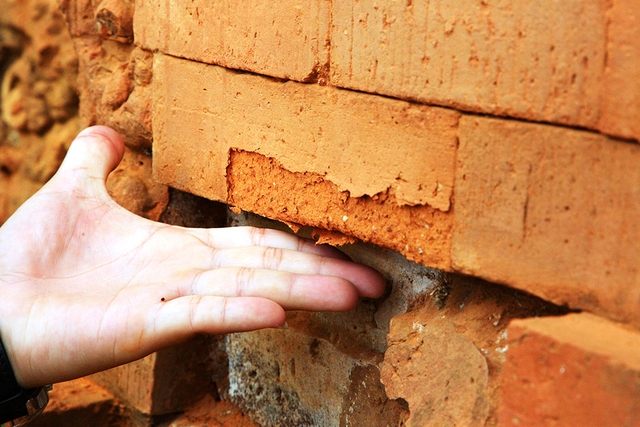
New tiles peeled off after more than 2 years of restoration
PHOTO: MANH CUONG
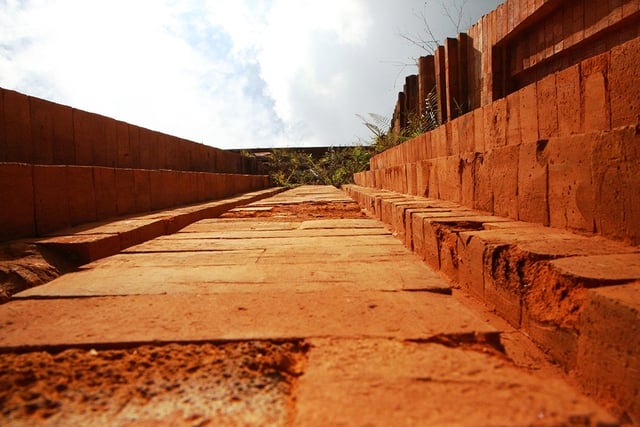
Experts say the reason for the crumbling of restored bricks is because the tower was not desalinated before restoration.
PHOTO: MANH CUONG
The representative also confirmed that the main reason for the crumbling bricks of Khuong My tower is the salting from within the tower walls. According to this person, this is an objective phenomenon that occurs in all Cham towers along the central coastal region, even in the My Son temple complex.
Talking to Thanh Nien reporter, Cham culture researcher Le Tri Cong pointed out the core mistakes in the restoration process of the North tower and the Middle tower of the Khuong My Cham tower cluster. He affirmed that the reason the restored bricks were crumbling after more than 2 years of restoration was due to salt from the old bricks flowing into the new bricks, but the construction unit's method was "completely wrong". "The first basic principle in preserving coastal Cham towers is to remove salt from the ancient bricks before carrying out any other restoration steps. Restoring without removing salt is no different than "throwing money out the window", because the new masonry will certainly be contaminated with salt from the old bricks and damaged over time", Mr. Cong emphasized.
Mr. Cong also pointed out another serious problem: Khuong My tower has underground water flowing through the foundation. The construction unit should have had measures to cover the foundation to prevent underground water from seeping into the tower body, but this was ignored. The failure to treat the underground water combined with the phenomenon of salinization has created a "compound" that quickly destroys new bricks. "This way of restoration is irresponsible because even though the restoration process is wrong, they still stubbornly do it," Mr. Cong said.
This expert also commented that even the restored bricks themselves do not meet the standards. One of the important criteria of Cham bricks is density and voids, which allow salt to escape without causing the brick to expand in volume. This standard has been ignored by restorers, making the restored bricks more vulnerable to salt corrosion.
According to Mr. Cong, there are many ways to desalinate the Cham towers. The simplest but most effective way is to pour pure water on the bricks and then use electrodes (anode and cathode) on the wet masonry to conduct the salt ions out... Not only the Khuong My Cham tower, but all the Cham towers along the Central Coast that want to be restored must first desalinate. "For the Khuong My Cham tower, in the long term, if you want to restore and repair it, you must desalinate as well as cover the tower's foundation. At that time, you can do whatever you want. If you don't have experience, you can ask for help from UNESCO experts to practice and transfer the technology of desalinating relic bricks," said Mr. Le Tri Cong.
The Khuong My Cham tower relic consists of a cluster of three adjacent towers, built in the late 9th and early 10th centuries, and was recognized as a national monument in 1989. With an age of thousands of years, the tower cluster has now seriously degraded.
Source: https://thanhnien.vn/vi-sao-gach-phuc-che-di-tich-mun-nat-sau-2-nam-trung-tu-185250907213707945.htm



![[Photo] Enjoy the Liuyang Fireworks Festival in Hunan, China](https://vphoto.vietnam.vn/thumb/1200x675/vietnam/resource/IMAGE/2025/10/26/1761463428882_ndo_br_02-1-my-1-jpg.webp)

![[Photo] Nhan Dan Newspaper displays and solicits comments on the Draft Documents of the 14th National Party Congress](https://vphoto.vietnam.vn/thumb/1200x675/vietnam/resource/IMAGE/2025/10/26/1761470328996_ndo_br_bao-long-171-8916-jpg.webp)

![[Photo] General Secretary To Lam received the delegation attending the international conference on Vietnam studies](https://vphoto.vietnam.vn/thumb/1200x675/vietnam/resource/IMAGE/2025/10/26/1761456527874_a1-bnd-5260-7947-jpg.webp)
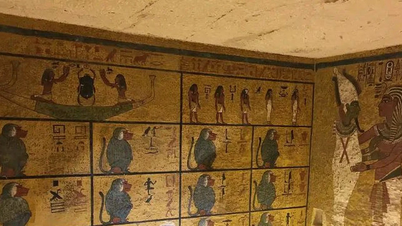

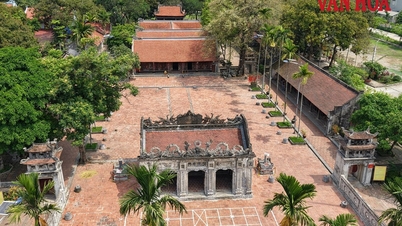

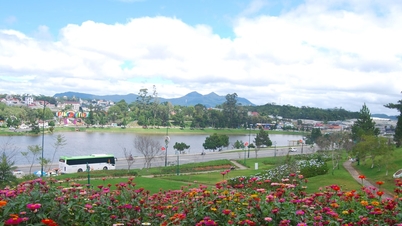

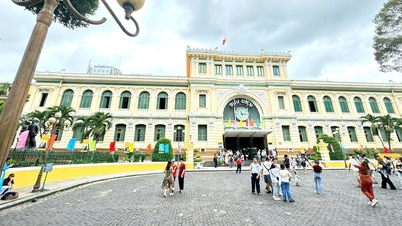


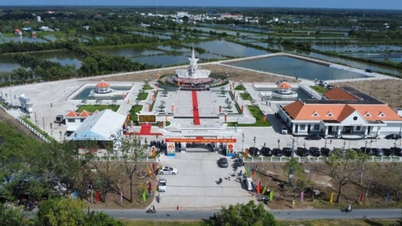
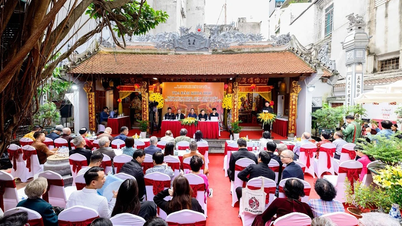



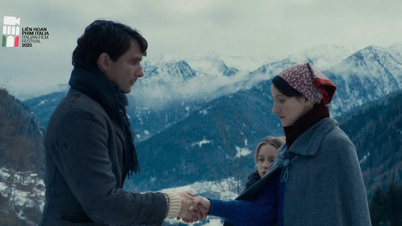

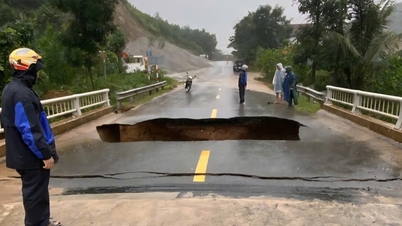













![[Photo] Prime Minister Pham Minh Chinh attends the opening of the 47th ASEAN Summit](https://vphoto.vietnam.vn/thumb/1200x675/vietnam/resource/IMAGE/2025/10/26/1761452925332_c2a-jpg.webp)
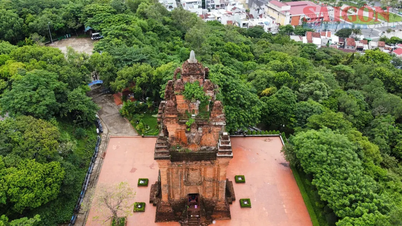

































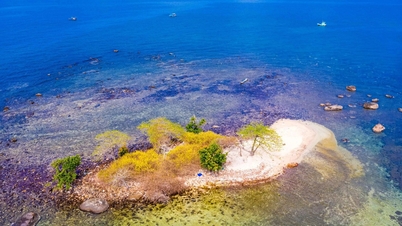





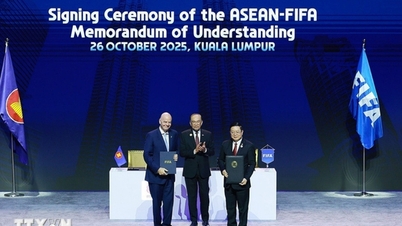












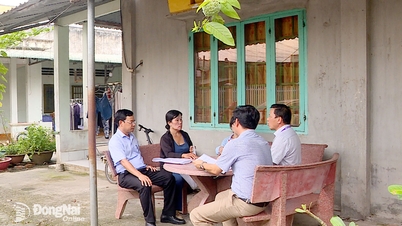














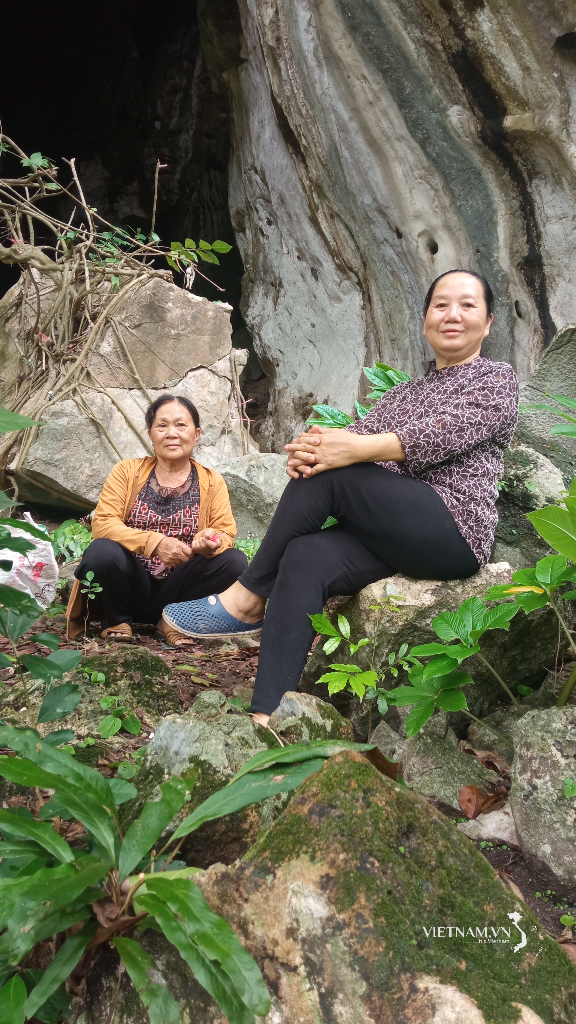



Comment (0)